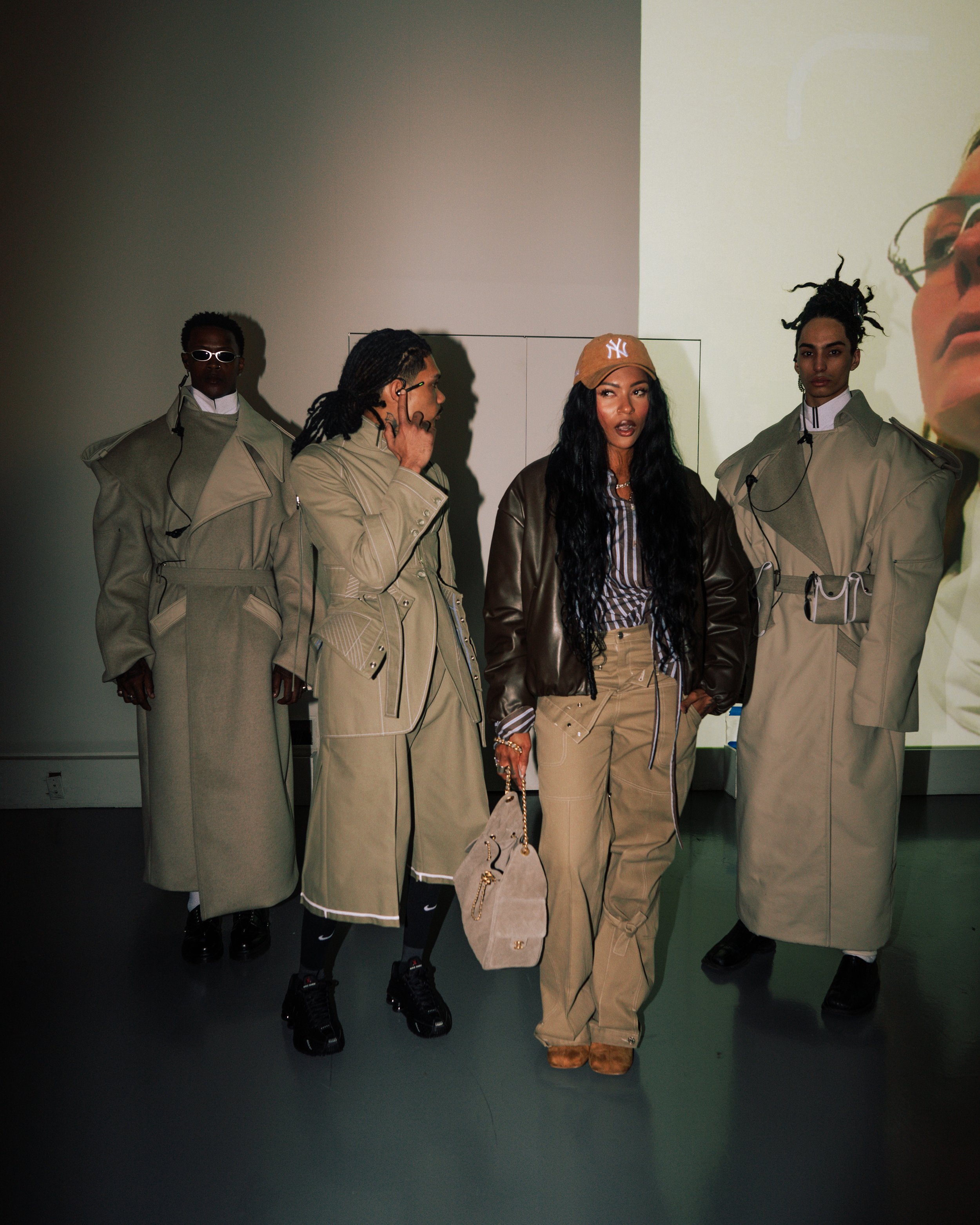NYFW Behind The Scenes by Brittany Byrd
New York Fashion Week is always a blur—runways, reunions, and the rhythm of the city humming in sync with a hundred different visions. This season was no different. From the grand gestures of evening-wear to the quiet rebellion in the details, designers spoke in fabric and form, each collection a coded message about the world we're dressing for next.
But beyond the front rows and flashing lights, there's another layer—one that rarely makes it into the highlight reels. The unseen choreography of it all. The fittings at midnight, the last-minute switch-ups, the hands that sculpted every look before it hit the runway. The stylists who bridge a designer's imagination with the reality of how clothes are worn, felt, and understood.
In this NYFW dump, I've tucked away a note—a full list of every stylist who crafted the runway moments you saw on the New York calendar. Because fashion isn't just about what we see, but also about the unseen. The process is just as thrilling as the final act, and those who shape it deserve their moment too.
Until next season.
Brittany is wearing: @anndemeulemeester_official | @diotima.world | @janewade_
Fashion is a feminist issue: We cannot celebrate the artistry of fashion without confronting the deep intersectional inequities woven into its fabric. While the industry's workforce is predominantly female, power and resources remain starkly unbalanced. From garment workers earning poverty wages in global factories to aspiring professionals cycling through unpaid internships, women fuel the industry while receiving disproportionately little in return. Even as women's creative visions grace runways, male designers continue to capture disproportionate acclaim, investment opportunities, and leadership positions.
The hands that cut, sew, and finish our garments belong largely to women of color working in conditions deliberately kept invisible to consumers. These inequities intensify along racial lines at every industry level—Black, Indigenous, and other women of color face compounded barriers to advancement, recognition, and fair compensation. Historically excluded from positions of power and authentic representation in advertising, women of color continue to navigate systems designed to extract their labor and creativity while denying them equitable participation and influence.
Environmental damage further compounds these injustices. Toxic textile production harms women workers' reproductive health, while fashion's immense carbon footprint disproportionately impacts women in the Global South—the same women making our clothes. As we celebrate creativity this season, let's demand transparency about who makes our garments and under what conditions. True progress requires not just aesthetic innovation but also labor justice, environmental responsibility, and gender equity throughout the supply chain. We must recognize the humanity behind our threads to create a truly just industry.















